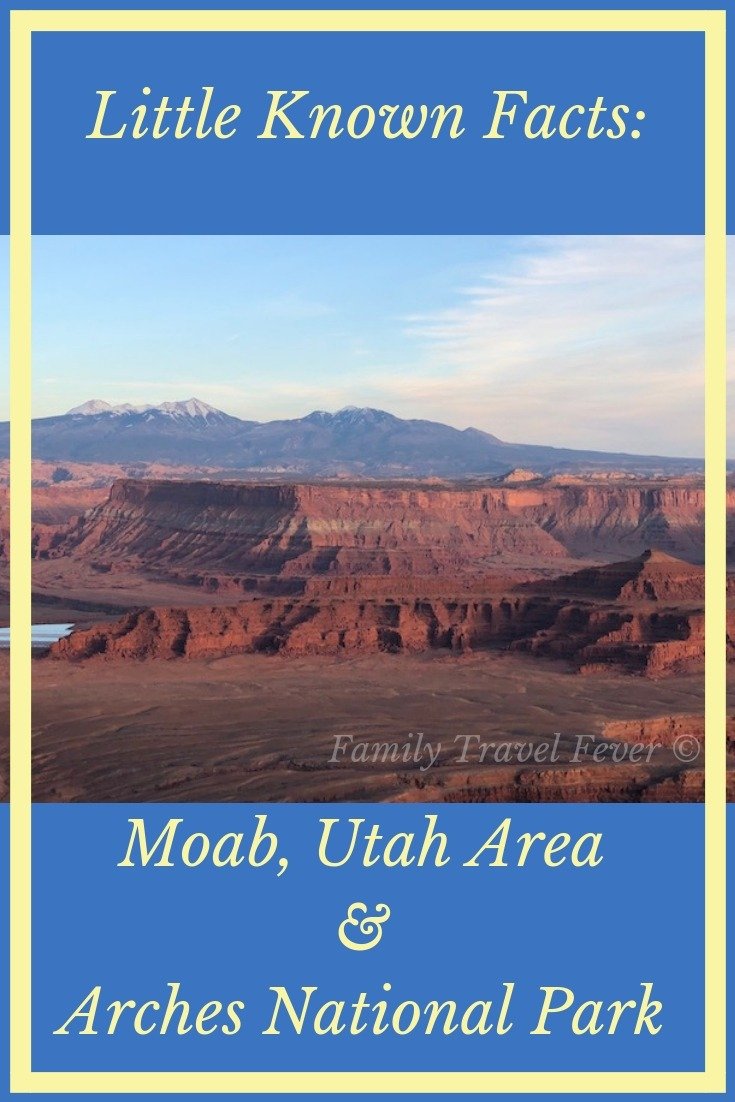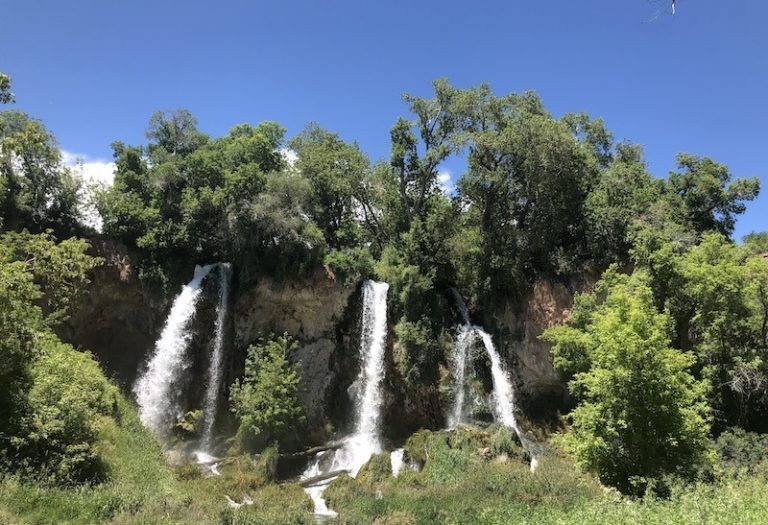Visiting the Great Sand Dunes National Park (Sand Sledding, Hiking, Camping)
NOTE*** The content on this page may contain affiliate links, we may make a commission. And, as an Amazon Associate, we earn from qualifying purchases. More information: disclosure page.
At the Great Sand Dunes National Park and Preserve in Colorado you can hike, camp and sand sled and more on the tallest dunes in North America. Take in the spectacular view of the white peaked Sangre de Cristo mountains as the backdrop to the vast fields of sand and Medano Creek.
I chose the Great Sand Dunes National Park for my Mother’s Day adventure. Since we only had a
I went as a kid and wanted my children to experience this amazing place too. Read on to see things that are the same and different in the last 20 years.
The first section of this post is information that you want to know to plan your visit. Then I get to the best things to do at the Sand Dunes National Park. Here is an overview if you want to just skip to the end to figure out what there is to do.
Things to do at Great Sand Dunes National Park
- Stop by the Official Visitor Center
- Sand Sledding
- Hiking in the Sand or Mountains
- Splash in Medano Creek
- 4 Wheel Drive and ATV Trails
- Stargaze in an Official Dark Sky
- Camping inside the National Park
- Camping Near The Great Sand Dunes National Park
About Great Sand Dunes
The Great Sand Dunes National Park
San Luis Valley was formed when the a major uplift created the Sangre de Cristo Mountain Range and volcanic activity created the San Juan Mountains to the west of the valley.
With dunes that cover an area of about 30 square miles and are up to 750 feet tall these are the largest and tallest sand dune in North America – not at the ocean but right in the middle of Colorado.
Actually reason the dunes are here is because it was once a huge ancient lake.
Over millions of years sand was deposited in the San Luis Valley in the unique formation surrounded by mountains. The winds blew to the southwest causing the sand to pile up against the Sangre de Cristo Range.
History of the Sand Dunes
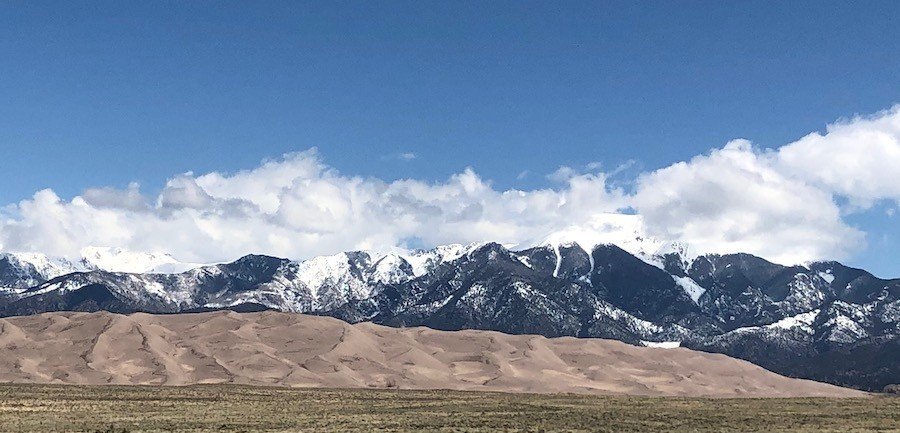
This unique location has been inhabited for thousands and thousands of years. The history of nomadic hunter-gather people dates back to 11,000 years ago (source).
Evidence of modern Native American Tribes exist. In fact, The Ute, Apaches, Navajo and Comanche all have traditional names for this area.
The 1700s brought the European explores to the San Luis Valley. Roads and homesteads were built in the area.
Then in the late 1800s and early 1900s the gold and silver rushes brought prospectors to the San Luis Valley.
In 1932 President Herbert Hoover signed a bill into law that protected the Great Sand dunes. Congress changed the boundaries a
Today a total of 149,028 acres are protected as part of the National Park and Preserve.
Plan Your Visit
The visitor center is right along the only paved entrance to the Great Sand Dunes National Park.
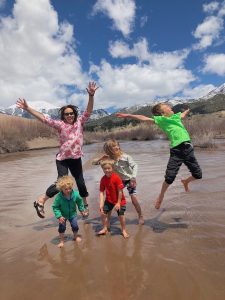
As usual, we had our 4th grader flash his free pass and get us into the park. If you don’t have a fourth-grader, a lifetime or annual pass will do, or you can pay the daily entrance fee. The entrance fee for one non-commercial vehicle is $25 for a 7 – day pass.
To learn more about the fourth grade pass go here to the national parks website and fill out applications.
The park is actually open 24 hours a day all year long but the visitor center has more limited hours.
Summer hours for the visitor center are 8:30-5:00 daily and winter hours are 9:00-4:30 daily.
Driving Directions to the Sand Dunes
The park entrance is about 4 hours southwest of Denver. Because the main entrance is on southeast side of the park, the drive is longer because you actually drive past the dunes first.
Just 35 miles northeast of Alamosa, you can drive southwest on 285 from Denver or Colorado Springs and taking County Road 6.
You can also access the sand dunes from the west by driving from Gunnison through the San Luis Valley through Alamosa on Highway 160. Similarly, you can drive west on Highway 160 from I25 at Walsenburg.
The map of the area is on the NPS website here.
Weather in the San Luis Valley and Sand Dunes
The San Luis Valley and the Sand Dunes National Park is surprisingly high elevation. The visitor center is 8,200 feet elevation and Medano Pass is 10,000 feet elevation.
Why does this matter?
Winter average temperatures range from 10’s to 30’s degrees Fahrenheit (source). The air is dry and the Colorado sunshine makes it possible to enjoy these winter days. As long as your bring layers and
In the heat of summer, the average temperatures are 75-80 degrees Fahrenheit. The sand can be a scorching 150 degrees Fahrenheit (source). The summer nights are cool due to the altitude.
One more thing about the weather – it can be windy especially in the afternoon. That means blowing sand! We visited on a sunny, warm and calm day in May, but almost everyone else I talked to got sandblasted by afternoon.
No matter the weather, you will have sand everywhere. So be prepared.
For more information about the weather in order to plan your trip check the average temperatures here.
Best Time to Visit
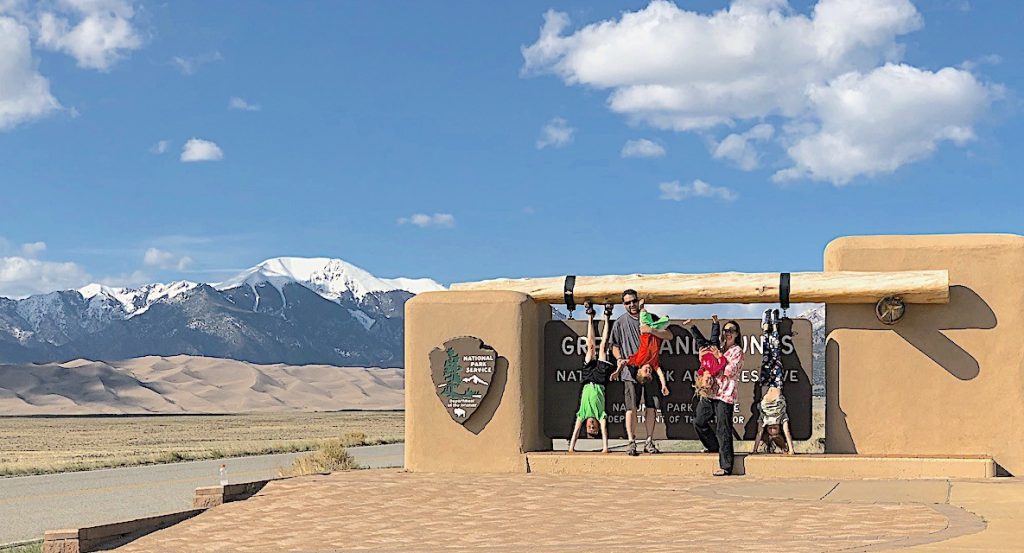
May and June are the most popular times to visit with good reason. In the spring, the weather is warm and sunny and Medano creek is flowing.
We have found this to be true in May. Although it was a relatively busy weekend, the dunes are huge and were not overcrowded. We didn’t have a problem finding our own corner to play.
The day was warm enough to splash in the creek but the sand was still cool enough to walk on.
The best time to visit would be weekday in late spring. The parking can get tight on the weekends and camping spaces were all full on the weekends in late May.
The National Park Service sponsors and events throughout the year. If you want more information about events this weekend, check the official website here.
Things to do Great Sand Dunes National Park
Great Sand Dunes National Park Official Visitor Center
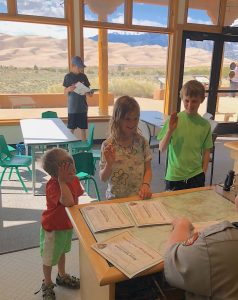
The visitor center has a viewing deck with a spectacular view of the Sand Dunes and Sangre the Cristo Mountain Range in the background.
You can watch a short movie about the formation of the sand dunes, the local ecology, and
The park never closes but the visitor center’s hours are
9-4:30 Labor Day – Memorial Day Weekend
8:30-5:00 Memorial Day Weekend – Labor Day
Sandboarding and Sand Sledding

We had so much fun sandboarding and sand sledding on the dunes. The new wood sleds beat the cardboard boxes we used when I was a kid.
We did see people using their own snowboards on the sand. I cringe to think what happened to the bottom of their snowboards.
There are no lifts available so you have to hike up the sand to sled down it. This can be exhausting. So us parents and the toddler did not do too many runs. The older kids had the most fun.
Sand sleds and sandboards are not available inside the park. We rented ours at the Oasis Store on the way into the park. This is the closest location since it is right on the road about a mile from the entrance.
Other locations include Kristi Mountain Sports in Alamosa (35 miles), Sand Dunes Recreation & Hot Springs Pool in Hooper (35 miles) and Mountain View Motor Inn n Fort Garland, (30 miles)
Hiking
To say, hiking in the sand is a lot of work, is an understatement! Actually, walking across ridges of more well packed sand is easier than straight up the dune. No matter which path you take you will be exhausted.
Just climbing up to sled down was tiring (see above).
You can hike anywhere in the dunes. Just getting up to the top for a view can be quite a hike.
If you want a more formal trail, the Mosca Pass Trail is a 7 miles roundtrip hike that follows a small creek through the forest to Mosca Pass. Monteville Nature Trail and Sand Ramp Trail are other forested trail options.
For a view of views of Mt. Herard, the dunes and the valley, you can try out Montville Nature Trail. You can hike the trails to try a pack trip on a horse.
Splash in Medano Creek
Medano Creek flows along the east side of the dunes and past the main parking area in late Spring. This year the creek was particularly full with all the snowpack.
The kids loved splashing, jumping and building sand castles in the creek. Our little gymnast was doing cartwheels and handstands.
One unique feature of the creek is that it flows in small waves. The kids called it the “creek with waves”. Small rushes of water flow by as if a tiny damn was broken upstream.
We pondered the reason behind this but still don’t know. If you know, please let us know in the comments.
4 Wheel Drive and ATV Trails
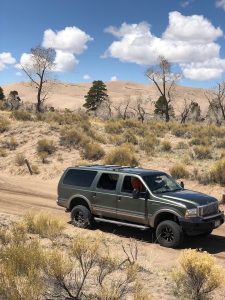
The locals told us about the off-road trails that they enjoyed at the park.
Medano Pass Road is a four-wheel drive road along the side of the dunes until it turns northeast to follow Medano Creek into the mountains.
This 22 mile trail begins where the main park road ends and crosses Medano Creek nine times.
A sign indicates the place to stop and air down your vehicle tires to be able to drive on the 4 miles of soft sand. (We already learned this lesson during our time driving on the beaches in Oregon.)
We drove our Ford Excursion along a couple miles of this trail.
Driving around along the side of the dunes gives you a good feeling of how immense this big pile of sand really is.
Stargaze in an Official Dark Sky
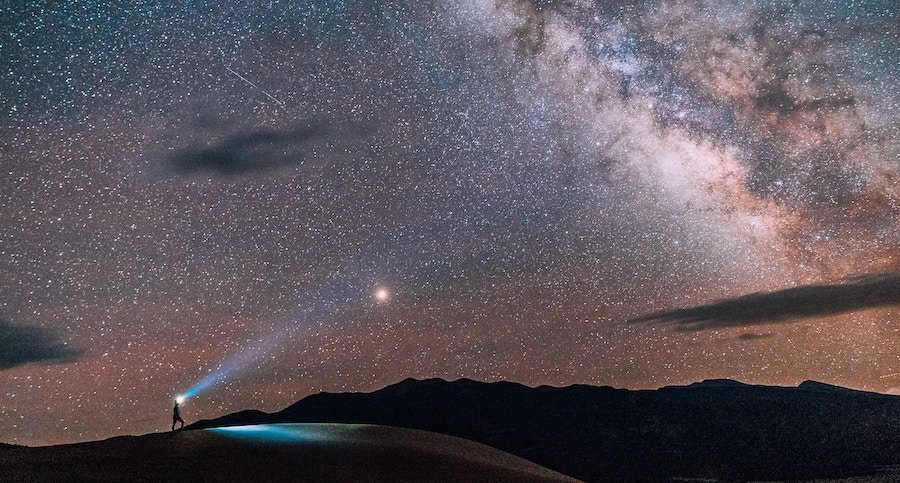
We didn’t actually stay in the park at night but I would be remiss if I didn’t mention the night skies.
Due to the remote location in the San Luis Vally and being surrounded by the Sangre de Cristo Mountains, the skies are incredibly dark. Which means the stars are amazing!
In fact, Great Sand Dunes was certified as an International Dark Sky Park by the International
On summer weekends you can join a variety of night sky programs that the park offers. In addition, the kids can become a Junior Ranger Night Explorer and earn a Night Explorer patch by completing the activity booklet available at the Visitor Center.
We can attest to the night skies in nearby areas. So even if you can’t stay inside the park or visit at night, you can still see the stars by camping nearby.
Camping inside the National Park
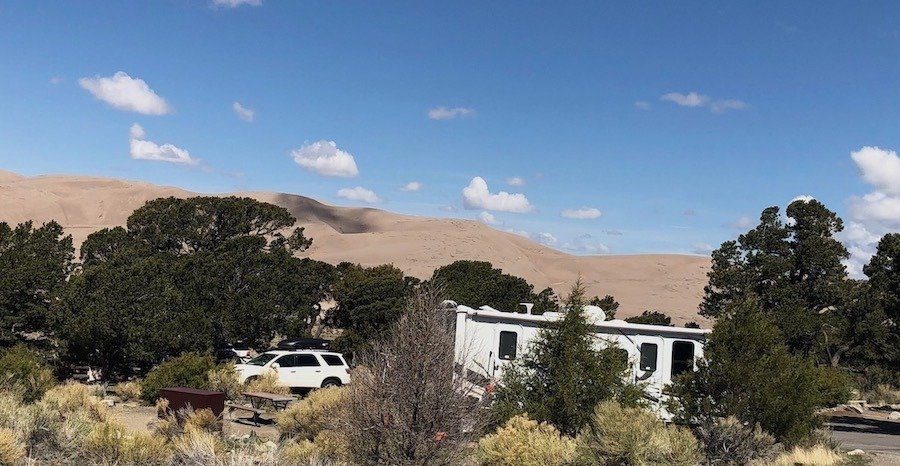
I imagine that camping at the Great Sand Dunes National Park is an amazing experience that we missed. The Pinon Flats C
The high season, spring weekend was whe we took our quick trip to the dunes so we were not able to reserve a campsite. In the off-season all the sites are first come – first served and much easier to get.
I did however, walk over and check out the campground (you know, so I could report back to you).
The campground has 88 sites for tents or RVs (without hookups). Surprisingly, they do accommodate RVs up to 35 feet in length, which is long for many national parks.
Restrooms with running water, dishwashing sink, and water is available inside the 3 loops. Water and a dump station are available for RVs just outside the main campground.
A few small pinion trees add a little shade and privacy. The spectacular view of the dunes makes up for the lack of trees. I can imagine watching the sunset and the stars over the dunes.
In fact, the Sand Dunes National Park is certified as a International Dark Sky Park
The other options for camping inside the park are camping off the Medano Pass Road or backpacking. See above description of this four wheel drive road.
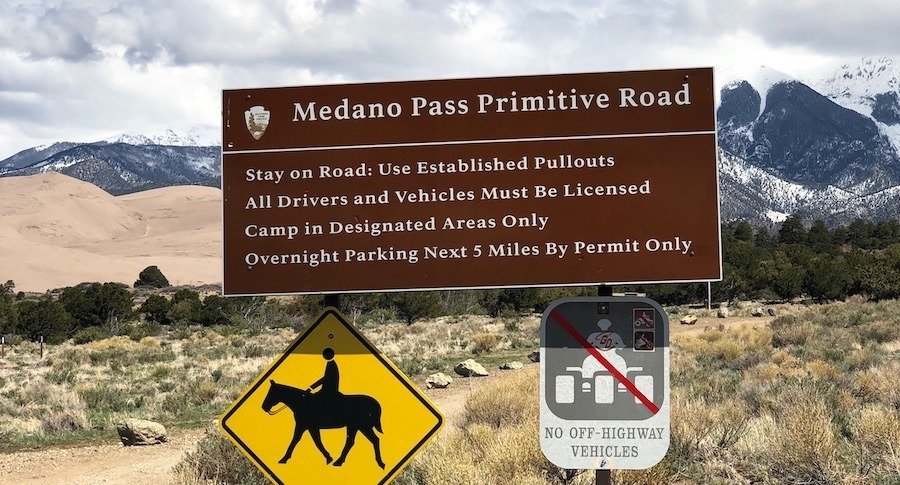
Camping Near The Great Sand Dunes National Park
Many campgrounds exist in the San Luis Valley and are good options for tent and RV camping.
We camped at the Gator Farm and the Sand Dunes Swimming Pool and Campground. We parked the RV at the UFO Watchtower campground when we stopped there for a visit.
The Colorado Gators Reptile Park in Mosca is not an official RV park but the owners allow RV camping (for free) if you visit their reptile rescue. This is not advertised and you won’t find it on any other list.
The owners are so kind and you get the real locals experience. Plus, all the insider tips for visiting the dunes.
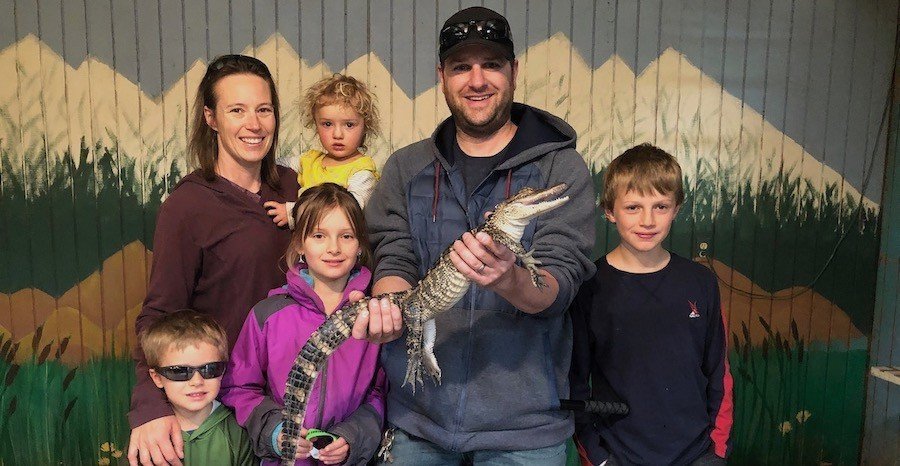
We stayed here our fist night after visiting the Gator Farm. This a real working farm with dirt roads and ongoing projects everywhere. We could see for miles and miles and had a unique experience.
Sand Dunes Swimming Pool and Recreation We stayed at this basic campground with full hookups in Hooper in our 35 foot travel trailer. The RV campground was a large gravel area and was very clean. Most of all, we enjoyed half price admission to the hot springs pool which was worth the price of the camping spot.
UFO Watchtower and Campground is just north of Hooper and has primitive sites available. Basically a parking lot with a fantastic view of the valley. Plus the whole site is dedicated to UFOs and alien sitings. We stopped at this unique location and parked in one of the campsites.
Oasis Campground is the closest to the park entrance and has RV sites with full hookups, tent sites, and cabins. We rented the sandboards here.
Zapata Falls Campground is located on BLM land and is a primitive campground along a bumpy dirt access road. In fact, camping anywhere on BLM is allowed so
Campgrounds near Alamosa are the Base Camp Family Campground and RV Park , KOA Alamosa, Economy Campground and Cool Sunshine RV Park.
Final Thoughts
Great Sand Dunes National Park and Preserve offers the biggest and tallest dunes in North America. The contrast of the huge sand dunes against the
The huge sandy beach right in the middle of Colorado makes an epic family vacation. If you are looking for other Colorado Vacation ideas here are 11 more unique (and free) things to do in Colorado.
Have you been to the Great Sand Dunes National Park? What was your favorite activity there?



